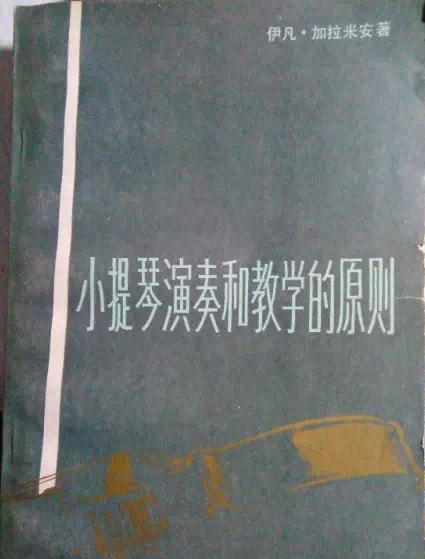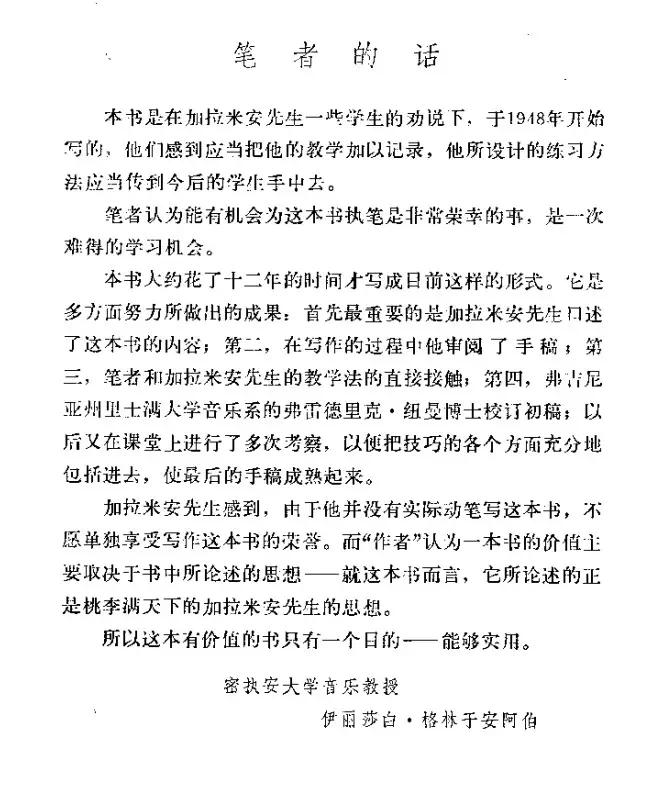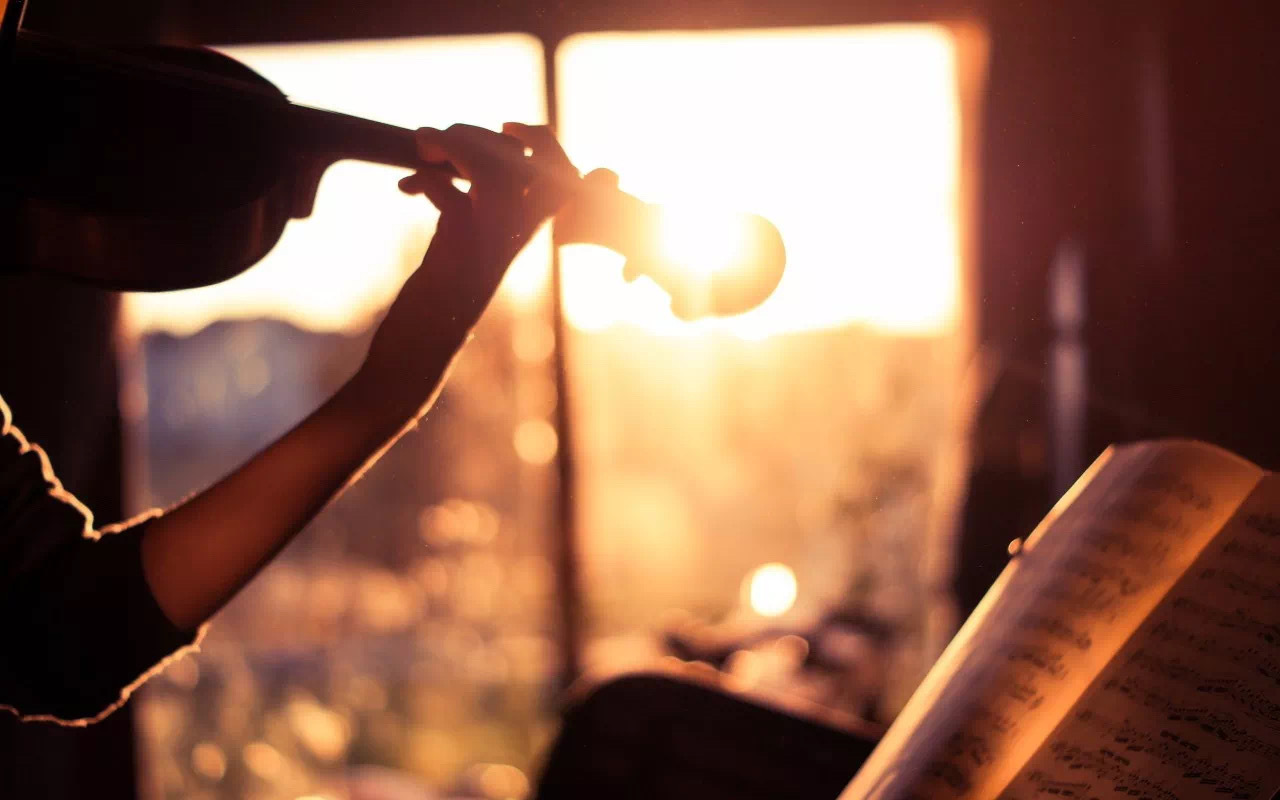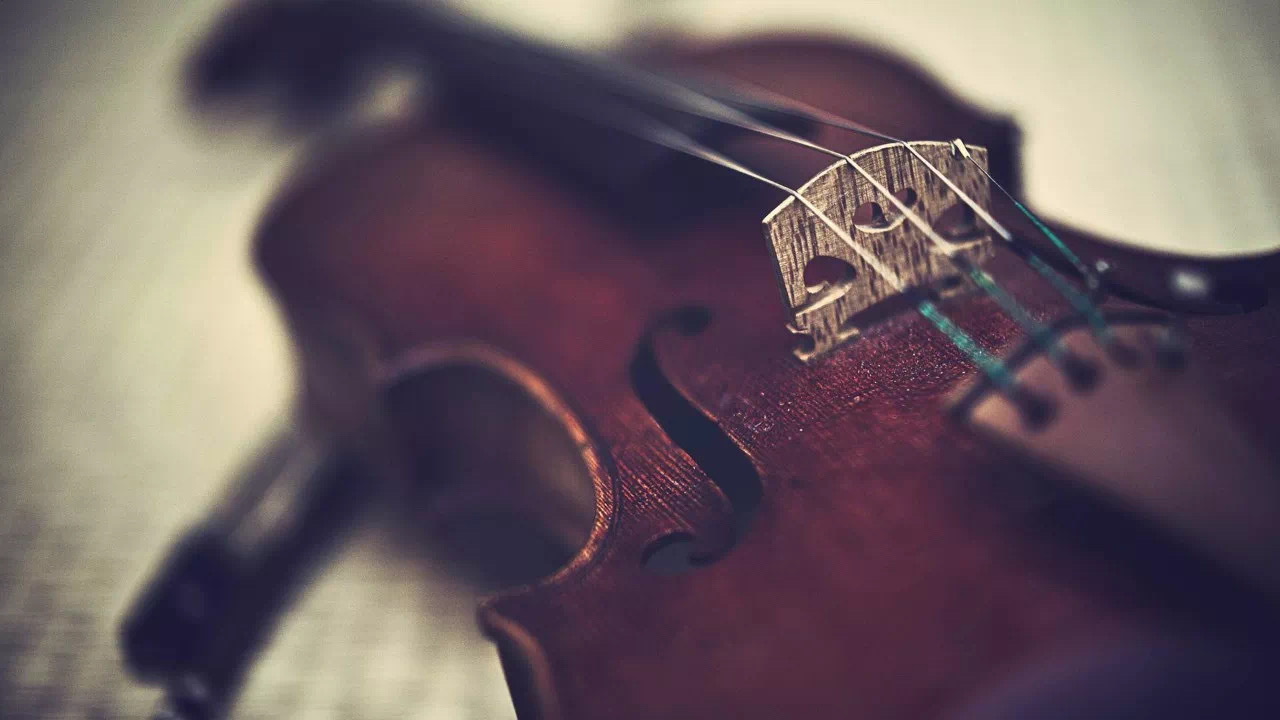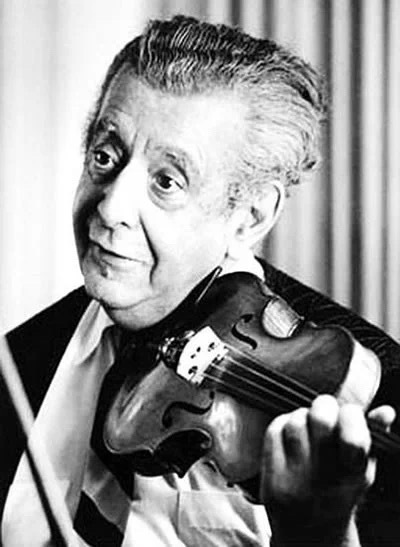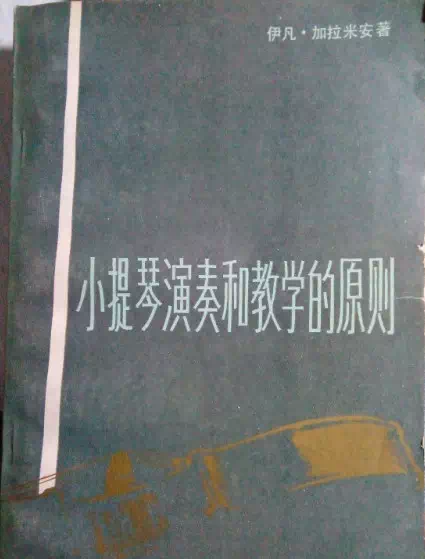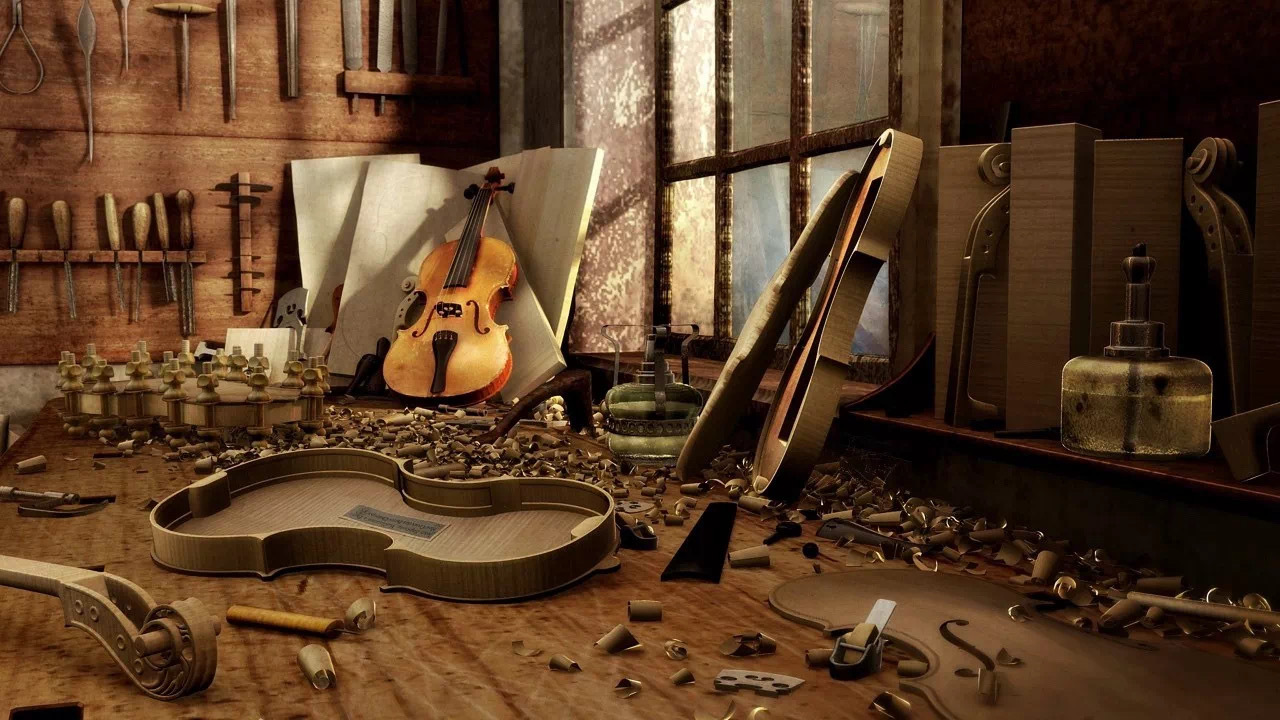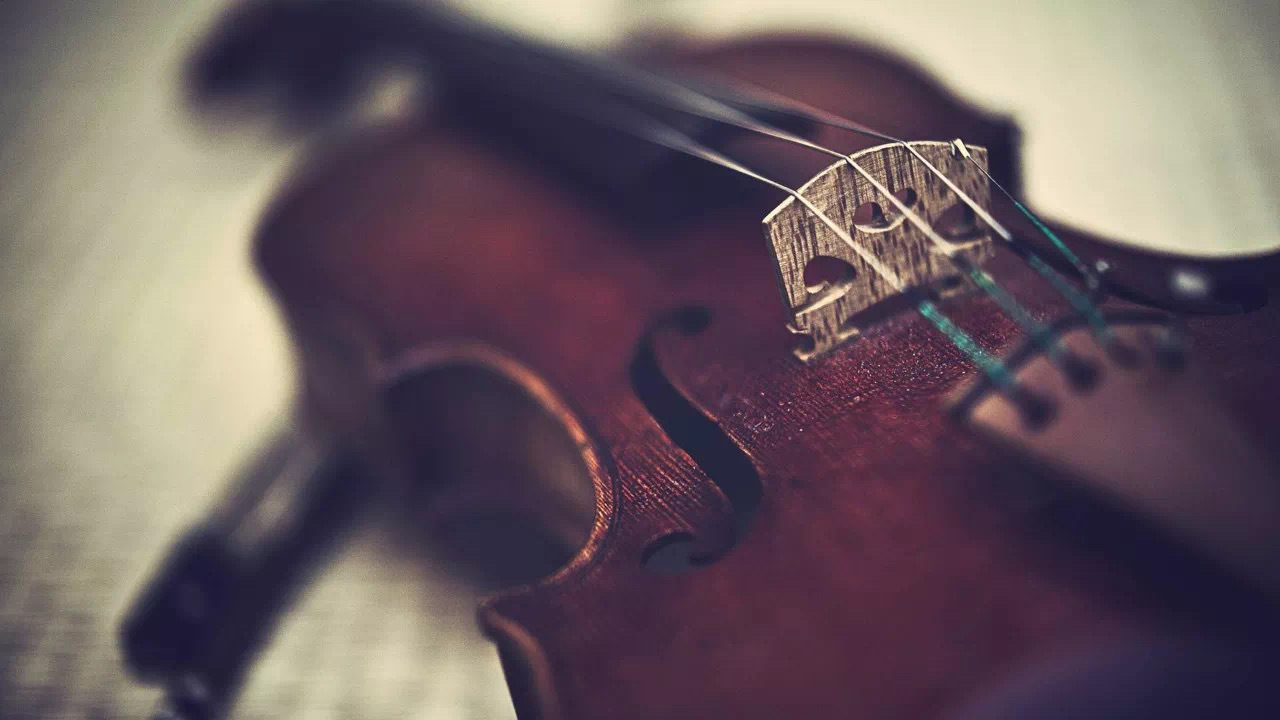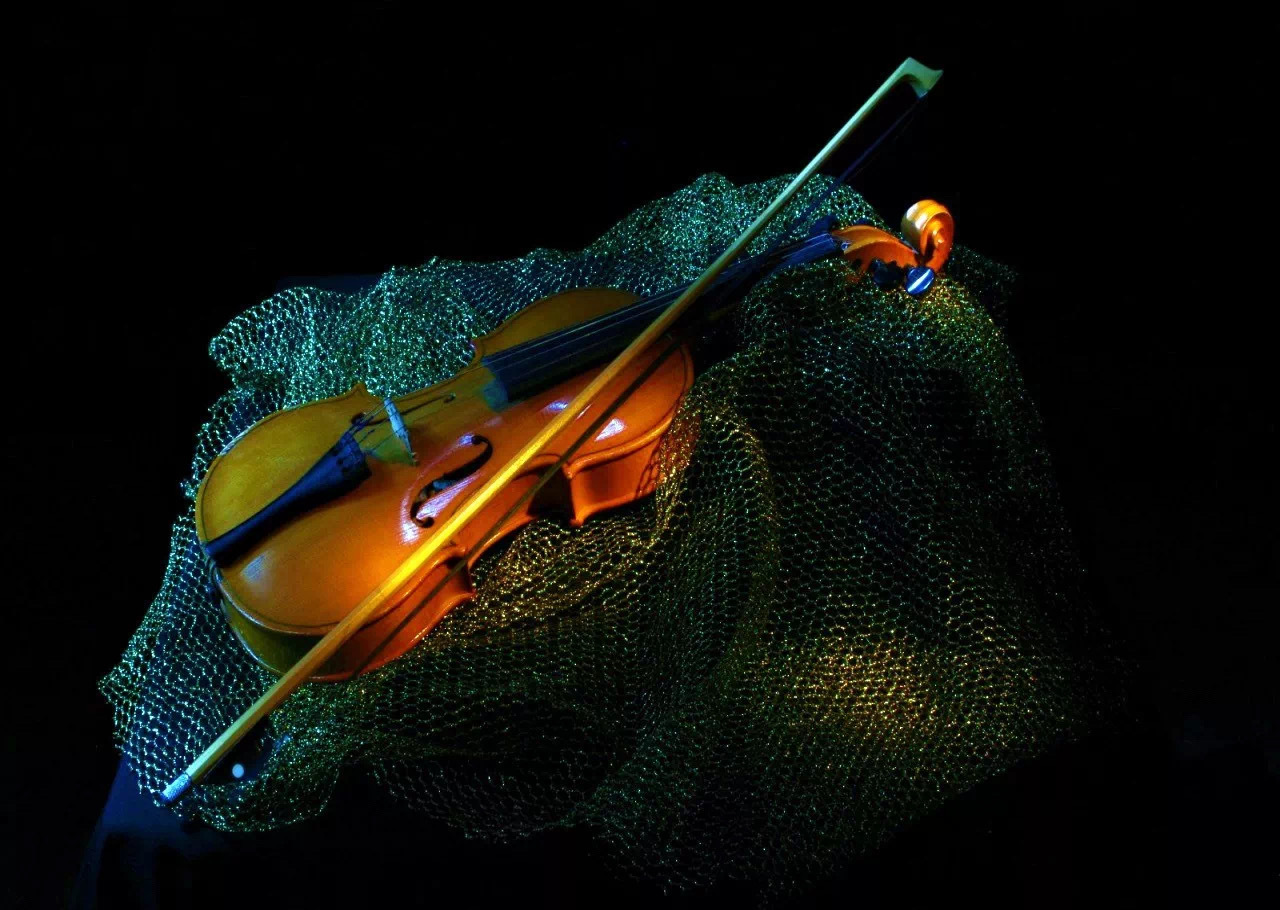If you are new to the violin, you may not have heard of Ivan Galamian, but if you have some experience in the violin world, you must have heard of Ivan Galamian.
Ivan Galamian, a violinist and educator, traveled to Europe when he was young. He studied in Russia and France successively, and he had an insight into the art teaching ideas and methods of the French school and the Russian school. When he has achieved something, he is determined to create a new path in violin teaching. His teaching career has lasted for half a century, and he has many disciples, most of whom have become well-known violin masters in today's music circle.
Ivan Galamian has a book – "Principles of Violin Playing and Teaching" ("Principles of Violin Playing and Teaching"), which can be described as the "essence" of violin teaching and performance. In this book, the content of the book Not many, but very comprehensive, if you want to take the violin to a higher level, you must savor this book carefully.
The following content is excerpted from the book, and I hope it will be helpful to friends who learn piano. Of course, this is just a little content in the book. If you want to know more exciting content in the book, you can buy this book to learn more about it.
Master Forum
1
mastered practice
The road to mastering the violin is long and arduous, requiring hard work and a lot of perseverance to get there. "Talent" helps us move forward smoothly, but "talent" cannot replace hard work. If you use the kind of practice method that does not get actual results, even if you are willing to work hard, it is useless. Because, there are "good practice" and "bad practice" and unfortunately bad practice is more common than good practice.
2
Effective practice, learn to practice piano
Nothing is more precious to an instrumentalist than the ability to practice effectively. In other words, knowing how to get the most out of the least amount of time. Therefore, one of the most important tasks of teachers is to teach students how to practice piano. He must make it clear to his students that the practice is a continuation of the lesson. It is nothing but a self-directed process. The teacher is not around, and the students, as the representatives of the teacher, put forward certain tasks for themselves and supervise their own work. A teacher who confines himself to pointing out the shortcomings of his pupils, without showing the proper means of overcoming these difficulties, is failing in the important duty of teaching the pupils to do their own work. Be attentive while practicing.
3
concentrate on
Concentrate on practicing: concentrating, fingers and hands are doing mechanical movements, repeated countless times, while thoughts are wandering here and there, this phenomenon is common to many students. This kind of practice without direction and control is a waste of time and energy.
Such exercises not only defeat the purpose, but are sometimes very harmful. The mistakes are repeated time and time again, and the sound of the mistakes can no longer be heard by the ears. When such an exercise (without mind or ear) becomes a deep habit, every effort should be made to keep the attention and ears fully and constantly alert.
If you are not concentrating because you are just tired, then just rearrange the practice time and practice content. In short, each student should find out by experiment what is best for him. (It is not necessary to practice the scales first, then the etudes, and finally the piece. There is no reason to think that this order is invariable, as long as everything that should be done is done.)
4
Practicing piano every day, staggered practice
Practice the piece first, and then practice the scales at the end. Practice the practice materials staggered, and don't stay on each thing for too long, so as to maintain a relatively long fresh feeling. Of course, it is important to make good use of the practice time and get into the habit of practicing every day. People who practice regularly every day improve much faster than those who practice for a long time at a time but do not practice regularly.
5
practice goals
Both technique and musical expression are the goals of our practice. The shape and color of the phrase must be studied, and it is important to divide the practice time reasonably.
They should be:
Basic time: used to overcome technical problems and improve overall skills;
Expressing time: making the performance reflect one's own understanding of music;
Performance time: When a piece has been practiced, use "performance time" to play it from beginning to end without pausing, preferably with accompaniment, and with the presence of many imaginary audiences in mind.
6
base time
A portion of the basic time should be devoted to practicing the technical aspects of scales. In various technical exercises, the principle of mental preparation is of great importance, which means that before the physical action, the mind must first have a hunch, and then direct the physical action.
This is what I (Galamian) call the "correlation," which is the key to technical control, and all problems related to training skills and difficulties to be overcome are based on the development and improvement of this "correlation." "as a center.
7
simple to complex
The basic working sequence is to submit the problems gradually from simple to very complex to the mind, and then from the mind to the muscles. These problems are various types of rhythm, bowing and accent and the interaction between the three.
8
After mastering the problem, move on to the next new exercise
In the process of going from simple to complex, there is a very important principle that must be kept in mind. This principle applies to any type of practice. It is that when a problem has been mastered, there is no need to practice it again and again, it should be let go Go practice new ones.
Practicing something that no longer needs to be practiced, like a routine, is a waste of time. (Of course, we are not opposed to checking those skills that have been mastered every once in a while to see if they are consolidated and whether they need to be restored. (In most cases: solve a problem, and then go to the first Two questions.)
9
command accurately
When you encounter a difficult problem, you must analyze it to determine the nature of the difficulty: intonation, shifting, rhythm, speed, a certain bow, two-hand coordination, etc. Each difficulty should be practiced separately and simplified to a minimum in order to design an exercise program that suits it. The mind must be ahead of the action, must have a clear idea of the action being used, of the sound its technical timing makes, so that it can direct clearly and accurately.
10
Variation practice method
Most of the practice should be slow, but not too slow. For the problems encountered, the method of changing exercises must be used to solve them.
11
performance time
Emphasis should be placed on the expression of the music, shaping phrases, shaping a larger paragraph and a complete movement, and finally forming several movements into a convincing whole. In the "basic time" practice, if you encounter a mistake, you must correct it, and you can't let it go; Tone, it's best not to stop.
Those students who are overly analytical will stop when they encounter some surprises that they don't like. Such a player, after a little trouble, either stops in the concert hall, or makes him flustered and impairs the performance below.
12
find the beat asap
The performer must be able to control all his will and try his best to complete the performance. First of all, you must make yourself not lose confidence when you occasionally go wrong. One way to learn this skill is to get rid of the habit of pausing during periods of "musical expression" during practice. (When necessary, the teacher must train his student in this aspect, first ask him to play a relatively long section, and then the whole movement, and he is not allowed to stop except for what the teacher wants to say, even if there is a big mistake , the student should also learn to get out of this predicament and find the beat again as quickly as possible. Clearly, if mistakes can be remembered, they can be corrected.
13
two times to balance
An imbalance between "base time" and "performance time" can also develop bad habits. Some players ignore "base time" and make most of their practice time concert-style. They may have a good sense of the coherence of the musical composition, but those difficult sentences are never mastered, and their general "technical equipment" is often in a state of deficiency. At the other extreme, there are students who know only "basic timing" and who break down every measure, even the simplest, into their constituent elements, always practicing these elements and never putting them together again. For such students, a work ceases to be a living work of art and becomes a mass of tests of skill. In this way, although they figured out some details, they did not get the overall concept of the music.
14
playing time
The necessity of taking those difficult phrases that have been analyzed and practiced line by line and re-played musically is something we can observe again and again. A student takes a difficult sentence from a piece of music for practice, analyzes it correctly, turns it into a suitable exercise, and finally masters it technically.
But when he played this piece of music from the beginning to the end, the phrase still did not pull well, and sometimes even failed completely. How should this phenomenon be explained? The answer lies in that a piece of music is used as an exercise and as an integral part of a musical composition. The mental state and muscle state of playing are completely different.
When playing this piece of music from the beginning to the end, add kneading, pay attention to expressions, and pay attention to the changes in levels and strengths. These are new elements that were not available when practicing this phrase technique alone. These added factors will interfere with this Smooth performance of already practiced phrases. This is not a fault of mechanical practice, it is still an indispensable first step in overcoming technical difficulties in the piece.
What is neglected is that after the phrase has been mastered from a purely technical point of view, it is necessary to practice it as a piece of music, link it with the context and add necessary expressions to practice. Only then can we hope that this isolated part can be re-integrated into the melody, so that it can grow together with other parts of the melody without gaps or traces.
15
good at identifying ears
No matter which type of practice you are doing above, mental preparation and control must be constantly assisted by a keen, discerning ear. The sounds we make must be constantly checked to see what is good. Yes, what's bad, the ear is the ultimate judge.
16
listen objectively
But for most people, the ear does not perform this function very well. They don't know how to hear, the ear doesn't do it well. They don't know how to listen, how to hear the actual sound. Instead of listening objectively, they listen subjectively. What they actually hear is strongly distorted by their subjective wishes. When they had the chance to record, they were amazed to find so many things they couldn't believe they pulled out by themselves.
17
training is important
It is of great significance to train the ear to listen objectively. In this way, the sound they hear is the same as the sound heard by the audience, and they can get rid of the deception of subjective flattery. Honest, objective listening ability is the most important prerequisite for effective practice.
The 57-minute video is a video recorded in Galamian's teaching class in his later years, which is very precious!

